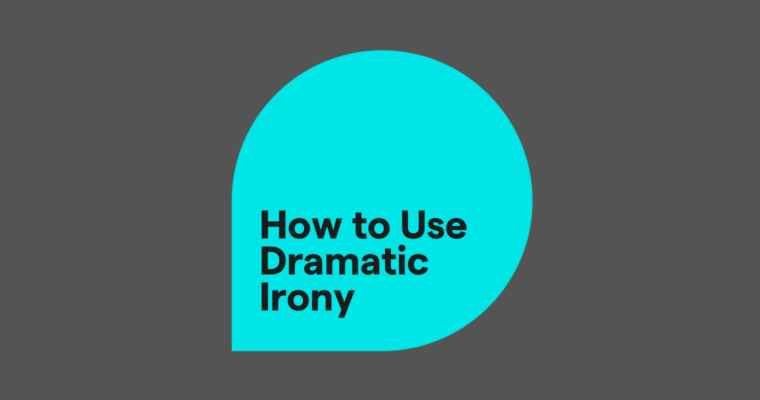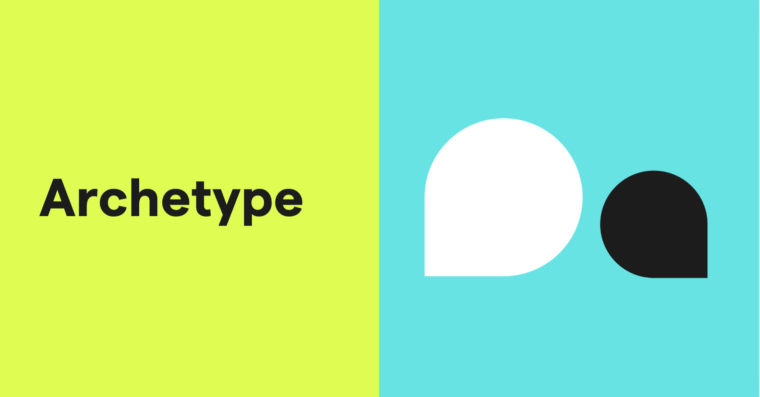
Key takeaways:
- Dramatic irony is when the audience knows something the characters don’t, creating tension, suspense, or humor.
- Writers use dramatic irony to keep readers engaged and emotionally invested, adding depth and impact to the story.
- For example, in Romeo and Juliet, the audience knows Juliet isn’t dead, but Romeo doesn’t, elevating the tension for the audience.
Ever wanted to yell at a character, “Don’t go in there!” or “She’s not dead!”? That’s dramatic irony—when the audience knows more than the characters. This gap creates tension, suspense, or humor, pulling readers and viewers deeper into the story.
In this guide, we’ll explore how dramatic irony works, provide examples, and show you how to use it to strengthen your writing.
Table of contents
What is dramatic irony in writing?
Dramatic irony vs. other types of irony
How to structure dramatic irony in your writing
What is dramatic irony in writing?
Dramatic irony is a literary device in which the reader is aware of something the characters are not, creating tension and increasing engagement. This form of irony—understood by the audience but not by the characters—builds suspense, contrast, or humor, making the audience anticipate an event while the characters remain unaware.
For example, in a scary movie, the audience knows the killer is in the barn, while the character enters unknowingly, heightening the tension. This tension can span several minutes in a movie or multiple chapters in a story, raising the stakes as the truth is finally revealed.
How does dramatic irony work?
Dramatic irony works by creating suspense for an audience. A classic example is Romeo and Juliet, where the audience is privy to key details that the characters themselves aren’t, leading to suspense and a tragic ending.
1 Preparation stage
In the preparation stage, the audience learns something the characters don’t.
In Romeo and Juliet, we know that Juliet’s “poison” is an elixir that will make her appear dead, but Romeo doesn’t. This creates tension as Romeo believes she is dead.
2 Suspense stage
Because Romeo is unaware of Juliet’s actual condition, he grieves. He begins a soliloquy about his grief. This, in turn, creates suspense for the audience, who hope that Juliet wakes up before Romeo does something rash.
3 Resolution stage
In the resolution stage, the truth comes to light, and the consequences of the characters’ ignorance become clear.
In Romeo and Juliet, the tragic ending occurs when Romeo, believing Juliet is dead, takes his own life. Juliet wakes up, sees Romeo dead, and takes her own life. This creates dramatic irony, as the audience feels dread, knowing the truth while the characters act on false beliefs.
The audience is then left thinking about all the ways the tragic outcome could have been avoided, making it even more heartbreaking.
Dramatic irony examples
Dramatic irony is prevalent across genres and mediums, from ancient tragedies to modern television. Below are some examples of dramatic irony from literature, film, and television.
Literature
Dramatic irony has long been a staple in literature, especially in tragedies and classic novels. Authors use it to build suspense and deepen emotional impact.
Macbeth by William Shakespeare:
- The prophecy: The witches tell Macbeth he’s invincible—no one “born of a woman” can harm him, and he won’t be defeated until Birnam Wood moves to Dunsinane.
- The irony: Macbeth feels secure, but the audience knows the prophecy is misleading.
- The outcome: Macbeth is killed by Macduff, who was born by Cesarean (not “born of a woman” in the usual sense), and Malcolm’s army uses branches from Birnam Wood to disguise themselves, making it appear as though the forest is moving.
- The impact: The dramatic irony builds tension and heightens the sense of doom as Macbeth’s fate unfolds.
Film and television
Dramatic irony is quite effective on screen, where visual storytelling allows audiences to see what characters cannot.
- Titanic: Viewers know the ship will sink, adding tension to every scene and romance that unfolds.
- Breaking Bad: Walter White’s double life is hidden from his family while the audience watches his lies pile up.
- The Truman Show: Truman believes he lives an everyday life, but the audience knows he’s on a reality TV show.
Dramatic irony vs. other types of irony
Irony contrasts expectation with reality or character knowledge with audience knowledge. The three main types are:
- Verbal
- Situational
- Dramatic
Verbal irony
Verbal irony uses words to mean the opposite of their literal sense, relying on the speaker’s intent and contrasting with the story structure.
For example, in Pride and Prejudice, Darcy’s comment about Elizabeth being “tolerable but not handsome enough to tempt me” is verbal irony. The reader knows he is increasingly attracted to her, creating a conflict between his words and his true feelings.
This isn’t dramatic irony because the audience doesn’t have information that the characters don’t—it’s simply a case where what Darcy says contradicts his actual emotions.
Situational irony
Situational irony versus dramatic irony depends on the story structure and the timing of the truth’s revelation to the reader. Situational irony occurs when the reader and characters learn the truth simultaneously, creating surprise from unexpected events.
For instance, a fire chief’s house burning down due to an electrical fault is situational irony—an unexpected event for someone dedicated to fire prevention. Dramatic irony occurs when the reader knows something the characters don’t, building suspense.
How to use dramatic irony in your writing
Introduce the situation where dramatic irony will be employed, setting the stage for the audience’s privileged knowledge.
1 Decide what information the audience will know
Choose a piece of crucial information that the audience knows but a character doesn’t. This secret should directly affect the character’s situation or conflict.
2 Expose the character’s ignorance
Make it clear to the audience what the character doesn’t know through their words, actions, or the situations they are in.
3 Build the tension
Allow the situation to unfold gradually, heightening the anticipation as the character remains unaware of the unfolding events. This draws the audience deeper into the irony.
4 Stage the resolution
The way the character finds out the truth should fit the mood of your story. In positive situations, it often leads to happiness or a pleasant surprise.
Put dramatic irony to work in your next story
Now that you understand the power of dramatic irony, it’s time to apply this technique in your creative writing. By weaving this tool into your storytelling, you’ll be able to engage readers on a deeper level and craft memorable moments that resonate.
Elevate your storytelling with Grammarly
Bring your stories to life with vivid scenes and powerful techniques, such as dramatic irony. Grammarly can help you catch mistakes, polish your writing, and make your ideas shine.
Dramatic irony FAQs
Here are some frequently asked questions about dramatic irony and how to use it effectively in your writing.
Why do writers use dramatic irony?
Writers use dramatic irony to build tension and keep readers engaged. When the audience knows more than the characters, every moment feels more meaningful, whether it is suspenseful, emotional, or humorous. It also encourages readers to think ahead and connect more deeply with the story, making the experience more memorable.
How does dramatic irony affect character development?
Dramatic irony adds depth by revealing how characters behave when they are not aware of all the facts. This gap between what they know and what the audience knows can highlight traits like innocence, arrogance, or determination, making characters feel more real.
Readers witness how characters transform as they confront the truth and its consequences. That emotional journey strengthens the bond between the character and the audience.
Can dramatic irony be used in nonfiction writing?
Dramatic irony works well in narrative nonfiction like:
- Memoirs
- Biographies
- Historical writing
When readers know something the subject doesn’t—like an outcome or consequence—it builds tension and emotional impact. In memoirs, it can reveal personal growth, while in history or journalism, it adds depth to real events. However, you should use dramatic irony carefully in factual or technical writing to avoid distorting facts or misleading the readers.
Are dramatic irony and foreshadowing similar?
Dramatic irony and foreshadowing are related but distinct. Foreshadowing hints at future events, often subtly, building tension for a reveal. In Of Mice and Men, George and Lennie’s talk of their dream ranch foreshadows the tragic ending. Dramatic irony, however, involves the audience knowing something the characters don’t.
In Titanic, the audience is aware that the ship is doomed, but the characters are not. While foreshadowing can heighten dramatic irony, it serves different purposes in storytelling.






